Effective nursing management is crucial for ensuring high-quality patient care and maintaining a harmonious work environment. This involves several key concepts, including organizing, delegation, motivation, supervision, coordination, and conflict management.
Organizing
Organizing is a crucial management function that ensures tasks are logically identified, assigned, and grouped. It determines who is responsible for each task, establishes clear lines of reporting, and facilitates decision-making. At its core, organizing defines roles and relationships within the organization, clarifying each staff member’s functions to execute the organizational plan effectively.
Organizing Process
The process of organizing involves the following:
- Identifying and Defining Tasks.
Determine the basic tasks that need to be accomplished. - Delegating Authority and Assigning Responsibility.
Allocate authority and assign responsibilities to appropriate individuals. - Establishing Relationships.
Create a structure that separates activities, arranges them hierarchically, and fosters efficient teamwork.
Three Forms of Authority
Authority within an organization can be categorized into three primary forms:
Line Authority
Line authority is the direct supervisory authority that flows from a supervisor to their subordinates. It represents the clear, direct chain of command where decisions and instructions are passed down the hierarchy. For example, a nurse manager has direct supervisory authority over a team of registered nurses (RNs) on a hospital ward. The nurse manager delegates tasks, oversees patient care, and evaluates the performance of the nursing staff, ensuring that the ward operates smoothly.
Staff Authority
Staff authority is based on expertise and typically involves providing advice and support to line managers. Staff authority does not entail direct command over other employees but focuses on specialized knowledge and guidance. For example, a clinical nurse specialist (CNS) provides expert advice to the nursing staff and line managers on best practices for patient care. Although the CNS does not have direct supervisory control, they influence decisions through their specialized knowledge in areas such as wound care, pain management, or diabetes education.
Team Authority
Granted to committees or work teams involved in daily operations, team authority empowers groups of employees who share a common vision, goals, and objectives. These teams are responsible for collaborative decision-making and achieving specific outcomes. For example, in a hospital setting, the chain of command starts with the Chief Nursing Officer (CNO) at the top, followed by nurse directors, nurse managers, charge nurses, and finally the staff nurses. This hierarchy ensures that decisions and instructions are passed down systematically and that issues can be escalated appropriately.
Additional concepts related to authority include:
- Chain of Command. This is an unbroken line of reporting relationships that extends through the entire organization, defining the formal decision-making structure and ensuring clarity in the flow of authority.
- Unity of Command. This principle states that each person in the organization should take orders from and report to only one supervisor, preventing confusion and overlapping directives.
- Span of Control. This refers to the optimal number of employees that one leader-manager can effectively supervise. A well-defined span of control ensures efficient management and communication within the organization.
Organizational Chart
An organizational chart is a visual representation that illustrates the structure of an organization. It shows how different parts of the organization are linked, highlighting formal relationships, areas of responsibility, accountability, and communication channels.
Organizational Structure
The chart clearly depicts roles and expectations, as well as the arrangement of positions and working relationships within the organization.
Lines of Authority
In an organizational chart, various lines are used to represent different types of authority and relationships within the organization:
- Dotted Line. Represents staff positions or staff authority, indicating advisory roles to line managers.
- Solid Horizontal Line. Represents positions of equal status but different functions.
- Solid Vertical Line. Indicates the chain of command, showing direct authority from supervisors to subordinates (line authority).
- Centrality. Refers to the position on the chart where frequent and diverse communication occurs. Positions with smaller organizational distance, closer to the center, receive more information compared to those located more peripherally.
Managerial Levels
In an organization, managerial roles are divided into different levels, each with distinct responsibilities and scope of influence:
- Top-Level Managers. Make strategic decisions with minimal guidelines or structure. Coordinate both internal and external influences. Examples include: CEO, President, Vice President, Chief Nursing Officer
- Middle-Level Managers. Oversee day-to-day operations while also engaging in long-term planning and policy-making. Examples include: Head Nurse, Department Head, Unit Supervisor/Manager
- First-Level Managers. Focus on specific unit workflows and address immediate, day-to-day issues. Examples: charge Nurse, Team Leader, Primary Nurse, Staff Nurse
Patterns of Organizational Structure
Organizational structures define how tasks, responsibilities, and authority are distributed within an organization. Different structures cater to various organizational needs and scales, each with distinct characteristics and implications for communication and management. These may include:
Tall or Centralized Structure
Tall or centralized structures are characterized by a narrow span of control, where supervisors are responsible for only a few subordinates. Due to its vertical nature, this structure involves many levels of communication. Communication can be difficult, and messages often fail to reach the top effectively. Workers tend to be boss-oriented due to close supervision.
Flat or Decentralized Structure
Flat or decentralized structures feature few levels and a broad span of control, making communication easy and direct. This structure shortens the administrative distance between top and lower levels, facilitates fast problem-solving and response, and encourages workers to develop their abilities and autonomy. However, it is impractical for large organizations.
Types of Organizational Structure
Organizational structures can vary significantly, each designed to meet specific operational needs and management styles. Understanding the different types helps in selecting the most appropriate structure for a given organization.
- Line Organization/Bureaucratic/Pyramidal. In a line organization, there is a clearly defined superior-subordinate relationship. Authority and power are concentrated at the top.
- Flat/Horizontal Organization. A decentralized type, flat organizations are applicable in small organizations. Nurses become more productive and directly involved in decision-making processes, leading to greater worker satisfaction.
- Functional Organization. This structure allows specialists to assist line positions within a limited and clearly defined scope of authority.
- Ad Hoc Organization. An ad hoc organization is a modification of the bureaucratic structure, often created for specific projects or purposes.
- Matrix Structure. The matrix structure focuses on both products and functions, making it the most complex type. It incorporates both vertical and horizontal chains of command and lines of communication.
Staffing
Staffing is the process of assigning competent individuals to fulfill the roles designated within an organizational structure. This involves recruitment, selection, development, induction, and orientation of new staff to align with the organization’s goals, vision, mission, and philosophy.
Staffing Process
Staffing involves a systematic approach to ensuring the organization has the right number and type of personnel to achieve its goals. The following steps outline the key stages in the staffing process:
- Preparing to Recruit. This initial step involves determining the types and number of personnel required to meet the organization’s needs.
- Attracting Staff. Formal advertisements and outreach efforts are used to attract potential candidates.
- Recruiting and Selecting Staff. This phase includes conducting interviews, induction, orientation, job orders, pre-employment testing, and signing contracts to onboard new employees.
Staffing Pattern
Developing an effective staffing pattern is essential for ensuring that an organization has the right number of staff with the appropriate skills to meet its needs. There are two primary methods for creating a staffing pattern:
Determining Nursing Care Hours
This method involves calculating the number of nursing care hours required per patient. For example, if each patient needs an average of 6 hours of nursing care per day and the unit has 20 patients, the total nursing care hours needed per day would be 120 hours. This helps in determining the number of nurses required per shift to meet patient care needs effectively.
Calculating Full-Time Equivalents (FTEs)
This approach measures the work commitment of full-time employees. For instance, 1.0 FTE represents a full-time employee who works 5 days a week, 8 hours a day, totaling 40 hours a week. Conversely, 0.5 FTE corresponds to a part-time employee working 5 days every 2 weeks, totaling 20 hours a week.
Considerations in Staffing Pattern
When developing a staffing pattern, several key factors must be taken into account to ensure optimal organizational performance and compliance with regulations. The following considerations are essential:
- Benchmarking. This management tool is used to seek out the best practices within the healthcare industry to improve performance. For instance, a hospital might compare its nurse-to-patient ratio with top-performing hospitals. By measuring their staffing practices and patient outcomes against these benchmarks, the hospital can identify areas for improvement and set realistic targets for nurse staffing levels.
- Regulatory Requirements. Staffing patterns must adhere to mandated regulations, such as those outlined in relevant legislative acts. For example, the laws regarding safe staffing in certain regions mandates specific nurse-to-patient ratios that must be maintained to ensure patient safety and care quality.
- Skill Mix.The skill mix refers to the percentage or ratio of professionals to non-professionals within the staff. For example, in a hospital unit with 40 full-time equivalents (FTEs), if there are 20 registered nurses (RNs) and 20 nursing assistants, the RN mix is 50%. This ratio ensures a balanced team with the necessary expertise and support staff, allowing RNs to focus on complex patient care tasks while nursing assistants handle more routine duties.
- Staff Support. Adequate staff support must be in place for the operations of units or departments. For example, a nursing unit might need administrative staff to handle scheduling, clerical tasks, and patient records. This support allows nurses to dedicate more time to patient care rather than administrative duties.
- Historical Information. Reviewing historical data on quality and staff perceptions regarding the effectiveness of previous staffing patterns is crucial. For example, a hospital may analyze past staffing patterns during peak flu seasons to determine the optimal number of nurses required to maintain patient care standards. This historical review helps in planning and adjusting staffing levels to meet future demands more effectively.
Patient Classification System
The term Patient Classification Systems refers to measurement systems in nursing that reflect actual patient care needs for staffing purposes. These systems, also known as Acuity Systems, are used to articulate the nursing workload for specific patients or groups of patients over a defined period. While “Acuity” typically denotes the unidimensional severity of illness in a medical context, the nursing community prefers the broader term “Patient Classification” to encompass the bio-psycho-social-spiritual aspects of patient care. For this discussion, the term Patient Classification/Acuity System is used.
Patient Care Classification
Patients are classified into different categories based on their care needs:
- Self-Care or Minimal Care. These patients are capable of performing activities of daily living (ADLs) independently, such as hygiene and meals. They require minimal assistance from the nursing staff.
- Intermediate or Moderate Care. Patients in this category require some assistance from the nursing staff for special treatments or specific aspects of personal care. Examples include patients with IV fluids, catheters, or on respirators.
- Total Care. These patients are bedridden and lack the strength or mobility to perform ADLs. They require comprehensive nursing care. Examples include patients on complete bed rest (CBR), those in the immediate post-operative phase, or those with significant mobility restrictions.
- Intensive Care: Intensive care patients are critically ill and in constant danger of death or serious injury. They require continuous monitoring and specialized nursing care. Examples include comatose patients or those with life-threatening conditions who are bedridden.
By classifying patients according to their care needs, the Patient Classification System ensures that nursing resources are appropriately allocated, enhancing patient care and optimizing the nursing workload.
Scheduling
Scheduling is the process of creating a timetable that outlines the planned workdays and shifts for nursing personnel. Effective scheduling takes into account several key factors to ensure that staffing meets patient care needs and maintains staff well-being. Several key factors must be considered to create an optimal schedule that meets both patient needs and staff preferences. The following are some issues to consider in scheduling staff:
- Patient Type and Acuity. Different patients require varying levels of care, significantly impacting how staff is allocated. For example, intensive care unit (ICU) patients need constant monitoring and specialized care, requiring more experienced nurses compared to patients in a general ward.
- Number of Patients. The total patient count directly influences the number of staff needed. A higher patient load requires more nursing staff to ensure each patient receives adequate attention and care. For instance, during peak flu season, a hospital might need to increase its nursing staff to handle the influx of patients.
- Experience of Staff. The skill and experience levels of the staff should match the complexity of patient care required. For example, a novice nurse might handle basic patient care tasks, while a more experienced nurse might be assigned to complex cases or critical care units.
- Support Available to the Staff. The availability of support personnel, such as nursing assistants and administrative staff, affects how nursing duties are distributed. For example, having sufficient administrative support can allow nurses to focus more on patient care rather than paperwork.
- Shifting Variations. Different shift patterns are utilized to meet both patient care needs and staff preferences. These variations can help in maintaining a balanced and effective workforce.
Shifting Patterns
To meet the diverse needs of patients and preferences of nursing staff, various traditional shifting patterns are utilized. Each pattern offers unique benefits and challenges, helping to ensure continuous and effective patient care.
- 3 Shift (8-hour shift). Commonly used to provide 24-hour care, this pattern divides the day into three 8-hour shifts. For instance, one nurse might work from 7 AM to 3 PM, another from 3 PM to 11 PM, and a third from 11 PM to 7 AM.
- 12-hour Shift. This pattern involves longer shifts with fewer workdays, often preferred by nurses who enjoy having more consecutive days off. A nurse might work from 7 AM to 7 PM, providing continuity of care for patients but also requiring adequate rest between shifts to prevent burnout.
- 10-hour Shift. Less common but offers a balance between 8 and 12-hour shifts. This pattern might involve a nurse working from 7 AM to 5 PM, allowing for extended care periods without the intensity of a 12-hour shift.
- Weekend Option. Staff works primarily on weekends, which can be ideal for nurses who prefer or need weekdays off. This option helps in ensuring adequate coverage during weekends when patient admissions might fluctuate.
- Rotating Work Shift. Shifts rotate between day, evening, and night, allowing all staff to experience different times of day. This can help in maintaining a fair distribution of shifts but requires careful management to avoid disruption to staff routines and circadian rhythms.
- Self-Scheduling. Staff members create their own schedules, promoting autonomy and job satisfaction. For example, a nurse might choose to work three consecutive days followed by four days off, allowing flexibility in managing personal commitments.
- Permanent Work Shift. Staff work consistent shifts without rotation, providing stability and predictability. For instance, a nurse might always work the night shift, ensuring they can plan their personal life around a steady work schedule.
- Floaters. Staff who are “on-call” to fill in as needed. Floaters provide critical support during unexpected absences or increased patient loads, ensuring that the unit remains adequately staffed at all times.
Directing
Directing is the act of issuing orders, assignments, and instructions to achieve organizational goals and objectives. It involves guiding and supervising staff to ensure effective performance.
Elements of Directing
The following are the elements of directing:
- Communication. The exchange of ideas, thoughts, or information through verbal speech, writing, and signals.
- Delegation. Assigning responsibility and authority to subordinates.
- Motivation. Encouraging staff to achieve high performance and job satisfaction.
- Coordination:.Harmonizing efforts to ensure efficient operations.
- Evaluation. Assessing performance to provide feedback and improve outcomes.
Barriers in Communication
The following are the common barriers of communication:
- Physical Barriers: Environmental factors that hinder communication, such as distance and noise.
- Social and Psychological Barriers: Judgments, emotions, and social values that obstruct communication, such as stress, trust issues, fear, and defensiveness. These include the internal climate (values, feelings, temperament, and stress levels) and external climate (weather, timing, temperature, and lack of message validation).
- Semantics: Misunderstandings arising from words, figures, symbols, penmanship, and the interpretation of messages through signs and symbols.
- Interpretations: Defects in communication skills, including verbalizing, listening, writing, reading, and using telephony
Delegation
Delegation involves assigning a portion of work to someone else, along with the corresponding authority, responsibility, and accountability. According to the American Nurses Association (ANA), it is the transfer of responsibilities, but not of accountability, for the performance of a task from one person to another. Much of a manager’s work is accomplished by transferring responsibilities to subordinates.
Common Errors in Delegation
Managers often delegate routine tasks to free themselves for more complex problems requiring higher levels of expertise. Additionally, delegation is beneficial when someone else is better prepared or has greater expertise in solving specific problems. However, some managers hesitate to delegate due to a lack of trust in others, fear of mistakes, fear of criticism, or doubt about their own ability to delegate effectively. Here are the three common errors involved in delegation:
Under Delegation
Managers may underdelegate due to the false assumption that delegation might be seen as a lack of ability to do the job correctly. For example, a charge nurse might feel that only they can correctly handle patient assessments and may avoid delegating these tasks to other nurses, leading to unnecessary workload and burnout.
Over Delegation
This occurs when subordinates become overburdened, leading to dissatisfaction and low productivity. For instance, a nurse manager who delegates too many tasks to a single nurse, such as patient care duties, administrative tasks, and training responsibilities, can cause that nurse to become overwhelmed and reduce their effectiveness and morale.
Improper Delegation
Delegating tasks to the wrong person, at the wrong time, or tasks beyond the subordinate’s capability can lead to inefficiencies and errors. For example, assigning a newly graduated nurse to handle a critical care patient without adequate supervision can lead to mistakes and compromise patient safety.
Steps in Effective Delegating
Effective delegation involves a systematic approach to ensure tasks are appropriately assigned and executed. Here are the steps to achieve effective delegation:
- Plan Ahead.
Anticipate future needs and identify tasks that can be delegated. For instance, a nurse manager can plan to delegate routine check-ups during busy shifts. - Identify Necessary Skills and Levels.
Determine the skills and experience required for the tasks. For example, wound care should be delegated to a nurse with specialized training. - Select the Most Capable Personnel.
Choose individuals who are best suited for the tasks. A senior RN may be chosen to oversee the orientation of new nurses. - Communicate Goals Clearly.
Ensure that the delegate understands the objectives and expectations. For instance, clearly explain the expected outcomes of a patient discharge process. - Empower the Delegate.
Provide the necessary authority and resources for the task. Ensure that the nurse has access to all needed supplies and information. - Set Deadlines and Monitor Progress.
Establish timelines and check in regularly to ensure progress. For example, set a deadline for completing patient assessments and follow up to track progress. - Model the Role and Provide Guidance.
Demonstrate how to perform the task and offer support as needed. Show a nurse how to use new medical equipment and be available for questions. - Evaluate Performance.
Assess the delegate’s performance and provide feedback for improvement. After delegating a task, review the outcomes and discuss areas for improvement.
Key Concepts in Effective Delegation
Effective nursing management and delegation involves several key concepts that ensure high-quality patient care and efficient team operations. Here are three essential concepts:
Motivation
Motivation influences our choices and drives the direction, intensity, and persistence of our behavior. In nursing, motivation can come from personal fulfillment, professional recognition, and the desire to provide excellent patient care. For example, nurses might be motivated by positive patient outcomes or career advancement opportunities.
Supervision
Supervision entails guiding and directing work, motivating staff, and encouraging participation in activities that meet organizational goals while fostering personal development. Effective supervision in nursing includes regular check-ins, feedback, and professional growth opportunities. For instance, nurse managers might hold weekly meetings to discuss challenges, celebrate successes, and provide training on new protocols.
Coordination
Coordination involves arranging activities to create harmony and facilitate success. In nursing, effective coordination ensures team members work together efficiently to provide optimal patient care. This includes coordinating schedules, assigning tasks based on expertise, and ensuring clear communication.
Conflict Management
Conflict arises from internal and external discord due to differences in ideas, values, or feelings between two or more people. It often stems from economic and professional value differences and can significantly impact workplace harmony and productivity. Conflict can either be competitive or disruptive:
- Competitive Conflict. This occurs when two or more groups vie for the same goal, but only one can attain it. Management typically sets these goals, leading to a competitive environment where each group strives to outperform the others.
- Disruptive Conflict. This type of conflict happens in environments filled with anger, fear, and stress. There are no mutually acceptable rules, and each party’s goal is to eliminate the opponent. This destructive form of conflict can severely hinder cooperation and productivity.
Conflict Resolution Strategies
Effective conflict management involves employing various strategies to address and resolve conflicts constructively in the nursing field. Here are some common approaches:
- Use of Dominance and Suppression. This win-lose strategy involves one party imposing their will on the other, often leading to anger and resentment. For example, a head nurse might unilaterally decide on a new scheduling system without consulting the staff, leading to dissatisfaction and resistance.
- Smoothing Behavior. This strategy involves persuading the opponent diplomatically to maintain harmony and avoid confrontation. For example, a nurse manager might smooth over a conflict between two nurses by diplomatically discussing their concerns and finding a temporary compromise to ease tensions.
- Avoidance Behavior. Both parties are aware of the conflict but choose not to acknowledge or resolve it. For example, two nurses who have a personal disagreement might avoid discussing it, which can lead to unresolved issues affecting teamwork and patient care.
- Majority Rule. This approach relies on a unanimous decision-making process. For instance, when deciding on a new policy, the nursing team might vote on the options, with the majority’s decision being implemented.
- Compromising. This consensus strategy involves each side agreeing to solutions that partially satisfy both parties, aiming for a middle ground. For example, a nurse manager might compromise on shift preferences to balance the needs of the staff and the unit.
- Interactive Problem-Solving. A constructive process where the parties involved recognize the conflict, assist each other, and openly work together to solve the problems. For example, a nursing team might hold a meeting to discuss and collaboratively find solutions to recurring staffing issues.
- Win-Win Strategy. This strategy focuses on goals and attempts to meet the needs of both parties, fostering cooperation and mutual satisfaction. For example, a head nurse and a staff nurse might work together to develop a new patient care protocol that improves efficiency and meets both management and frontline needs.
- Lose-Lose Strategy. In this approach, neither side wins, often leading to a situation where both parties are dissatisfied. For example, if a nurse manager enforces a policy change that neither the administration nor the nursing staff fully support, it may result in widespread dissatisfaction.
- Confrontation. Considered the most effective means of resolving conflict, confrontation involves addressing the issue openly with knowledge and reason, seeking a solution through direct communication. For example, a nurse manager might directly address a conflict between two staff members by facilitating a mediated discussion to resolve their differences.
- Negotiation. This “give and take” process involves both sides making concessions to reach an agreement that satisfies both parties to some extent. For instance, during a staff meeting, nurses and management might negotiate shift schedules to balance personal preferences and unit needs.
Summary
Effective nursing management integrates crucial concepts to create a well-functioning healthcare environment. By organizing tasks and defining roles, clarity and efficiency are ensured. Delegation allows managers to focus on complex issues while empowering staff. Motivation, supervision, and coordination are vital for maintaining high performance and smooth operations. Conflict management strategies, including competitive and disruptive conflict resolution, ensure disputes are handled constructively, fostering a positive work atmosphere. By applying these principles, nursing managers can create a supportive and efficient workplace, leading to improved patient outcomes and higher staff satisfaction.
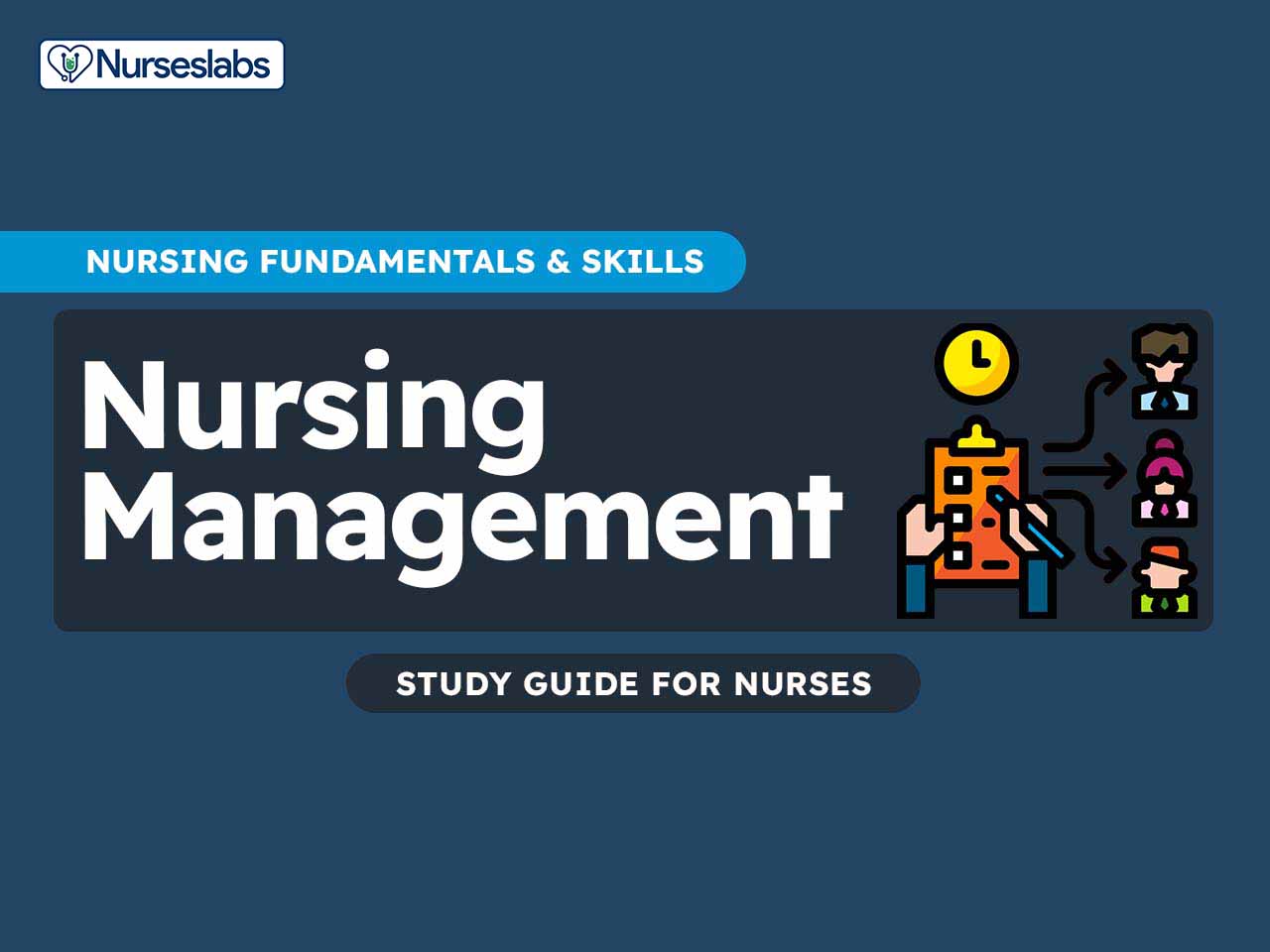



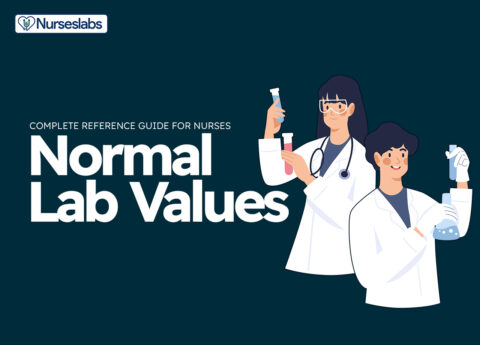

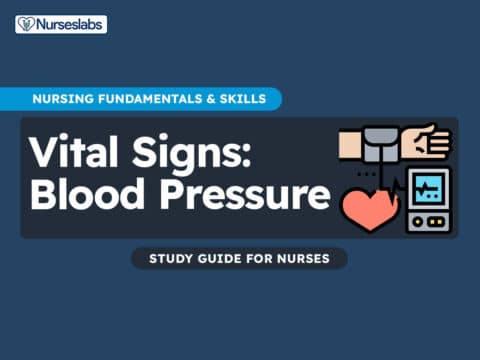
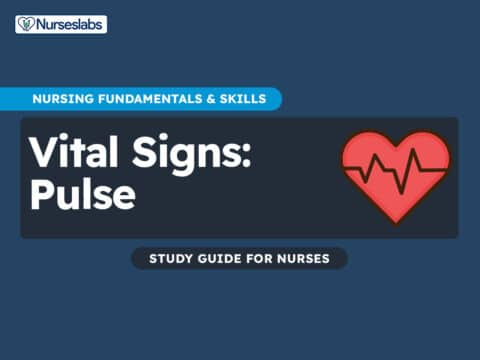
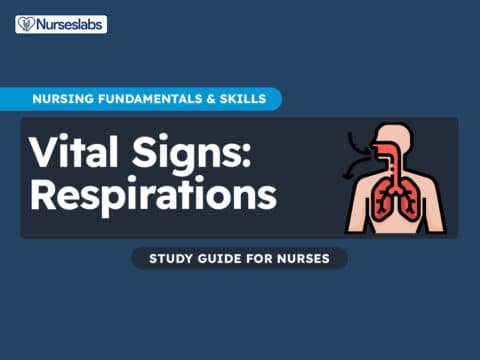
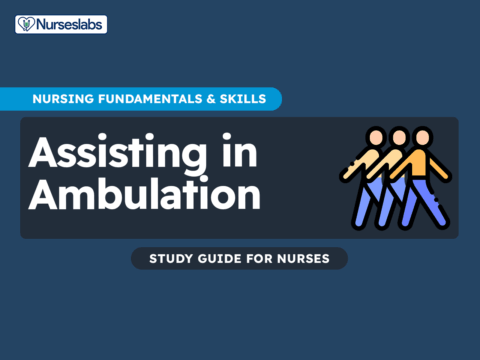
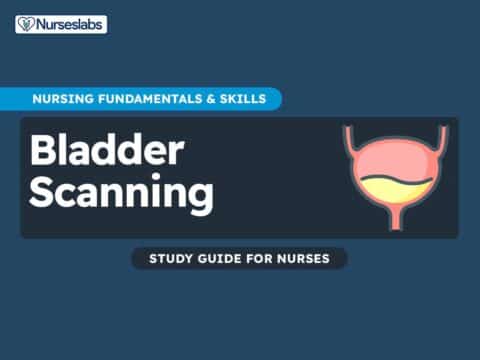


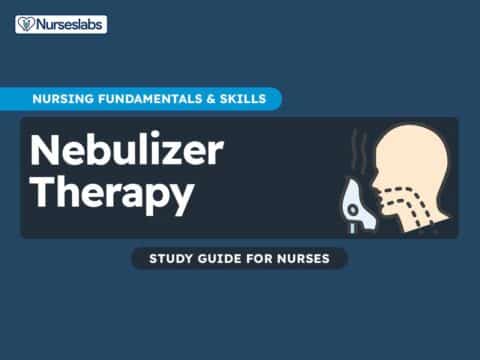






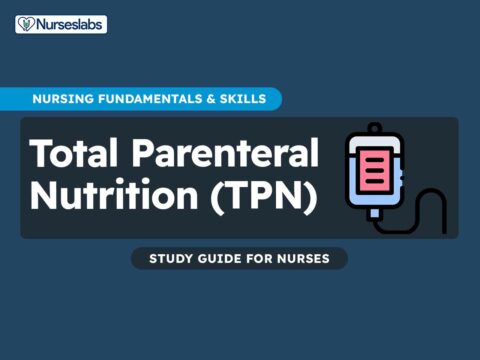
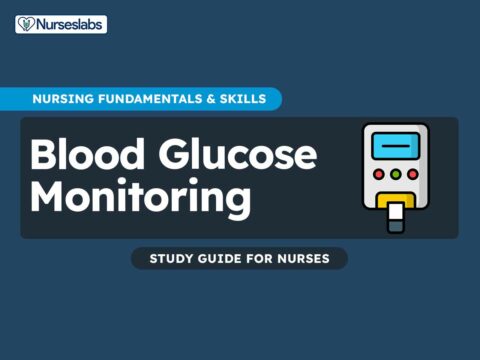



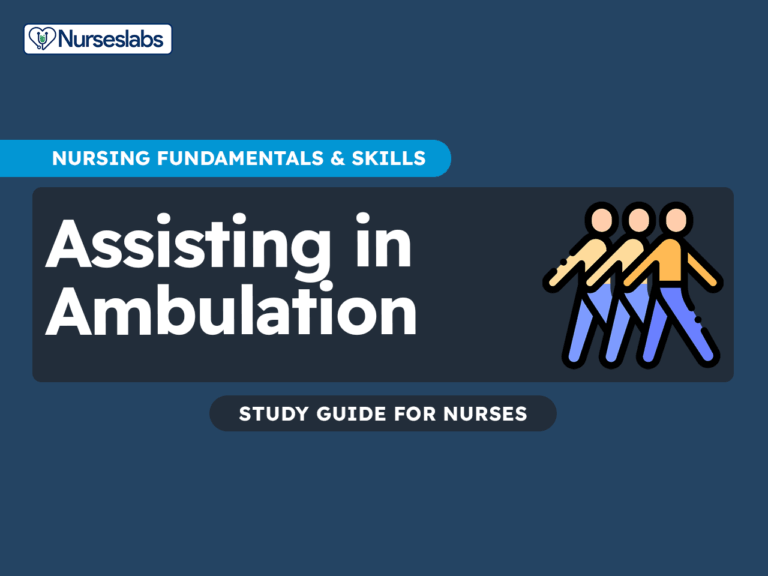
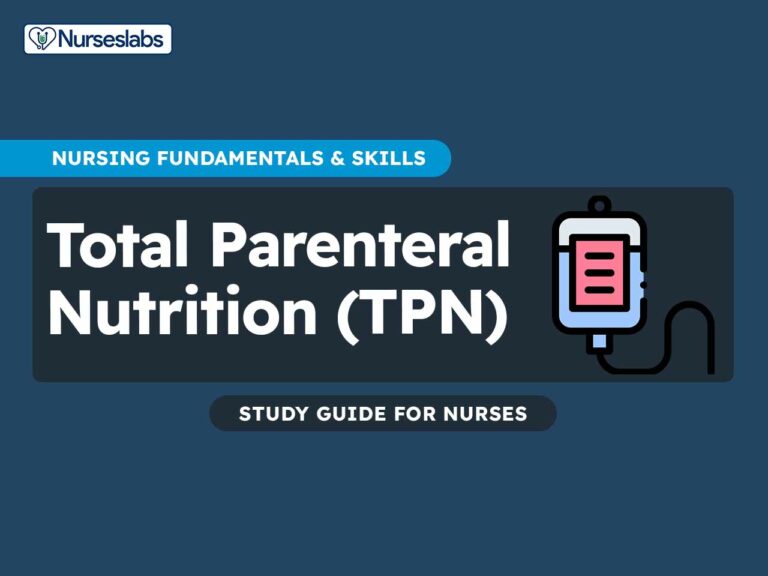


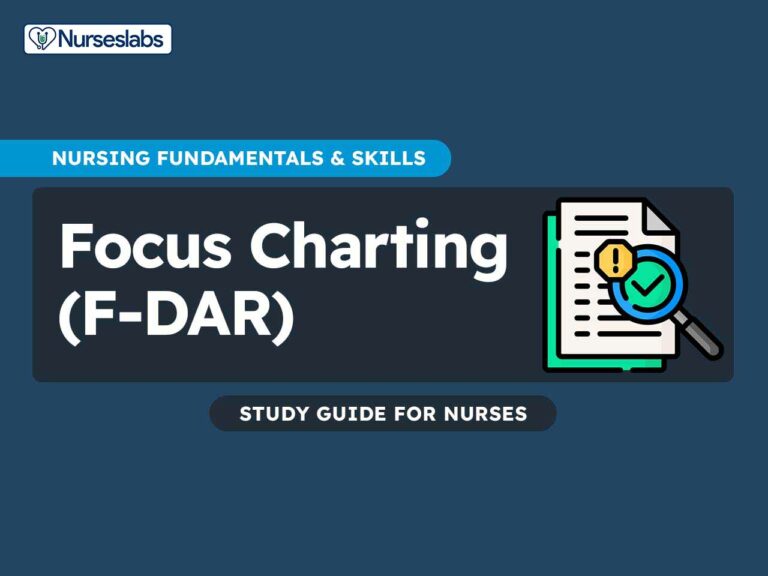






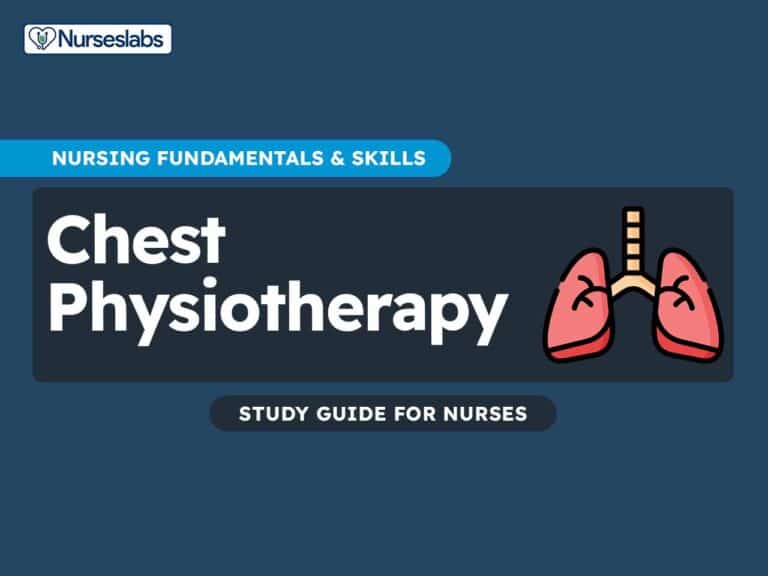
Leave a Comment